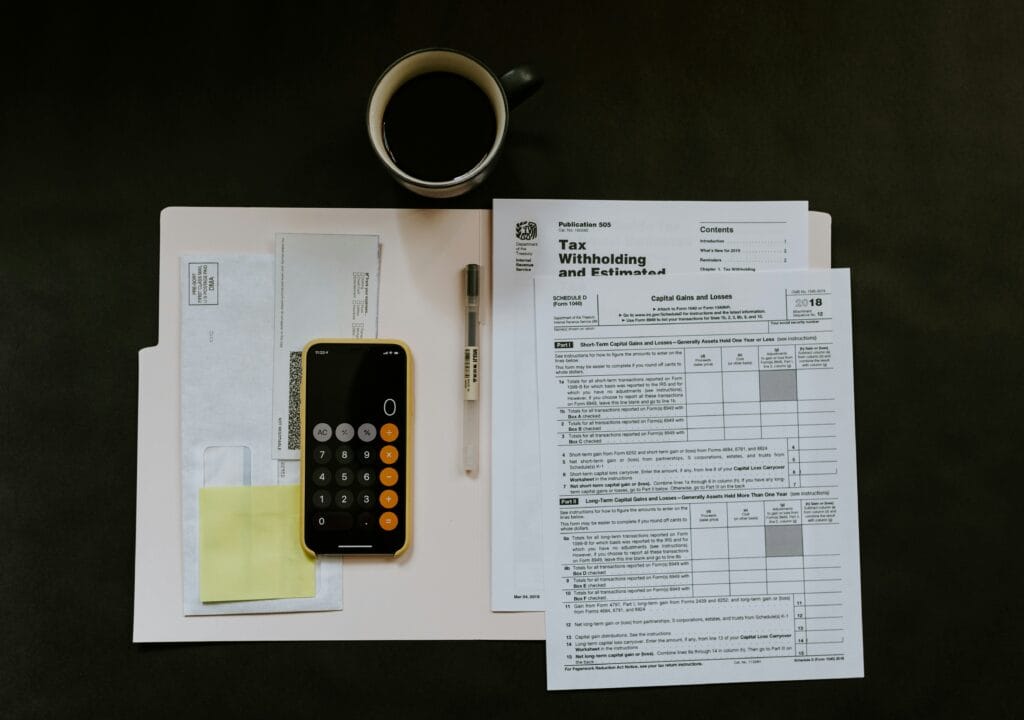Turning your spare room, garage, or basement into a home gym is an exciting venture. Not only does it save you time on commutes to the gym, but it also allows you to customize your workout space. However, creating a functional and effective home gym can be challenging when it comes to budget allocation. In this article, we will explore real-life examples of home gym budget allocation, offering insights and practical advice that can help you build your dream workout space without breaking the bank.
Understanding Home Gym Budget Allocation
Budget allocation for a home gym involves understanding how much you can afford to spend on various components, including equipment, flooring, and accessories. Here are some key areas to consider:
- Equipment: Dumbbells, kettlebells, resistance bands, cardio machines, etc.
- Flooring: Foam mats, rubber flooring, or carpet.
- Storage: Racks, bins, or shelves to organize equipment.
- decor: Mirrors,motivational quotes,and any aesthetic elements.
- Miscellaneous: Towels, water bottles, and gear maintenance tools.
For more strategies on smart spending and avoiding unnecessary expenses, read our article on Building a Home Gym on a Budget: Top 5 Tips.
Real-Life Budget Allocation Examples
Case Study 1: The Minimalist Approach
Meet Sarah, a busy professional looking for an effective way to stay fit at home. She allocated a budget of $500 for her home gym and decided to focus on versatile equipment that would allow her to do a range of workouts.
| Item | Cost | Description |
|---|---|---|
| Adjustable dumbbells | $200 | Allows for various weight settings, saving space. |
| Resistance Bands | $50 | Perfect for strength training and flexibility workouts. |
| Yoga Mat | $25 | Essential for floor exercises, stretching, and yoga. |
| Foam Roller | $30 | Grate for muscle recovery and tension relief. |
| Online Workout Subscription | $20/month | Access to virtual workouts and community support. |
Total budget Utilized: Approximately $500.This minimalist approach allowed Sarah to effectively workout without overspending.
Case Study 2: The All-Inclusive Enthusiast
Next, we have Jake, a fitness enthusiast who wanted a fully equipped home gym. He set his budget at $2,500. Here’s how he allocated his budget effectively:
| Item | Cost | Description |
|---|---|---|
| Treadmill | $800 | For running and cardio workouts at home. |
| Weight Bench | $150 | Multi-functional for strength training and isolation exercises. |
| Power Rack | $600 | Safe for heavy weightlifting and bodyweight exercises. |
| Dumbbells and Plates | $500 | Variety of weights for different strength levels. |
| Rubber Flooring | $300 | Protective flooring to reduce injury and noise. |
| Mirrors | $150 | Enhances space, allowing for better form-checking. |
Total Budget Utilized: Approximately $2,500. Jake’s extensive setup supported various workout routines and provided an optimal training environment.
For more insights on creating a cost-effective setup without sacrificing quality, refer to our article titled ‘Avoiding Extra Costs in Home Gym Setup‘.
Benefits of a home Gym
Creating a home gym comes with numerous advantages:
- Cost-Efficiency: Save on monthly gym memberships in the long run.
- convenience: Workout whenever you wont, eliminating travel time.
- Flexibility: Adjust your workouts to fit your schedule.
- Privacy: Enjoy workouts in a agreeable, personal space.
- Customizable: Design it according to your fitness needs and preferences.
Practical Tips for home Gym Budget Allocation
To make the most out of your budget allocation, follow these tips:
- Set Priorities: Determine essential versus optional items based on your goals.
- Shop Smart: Look for sales, used equipment, or discounts to reduce costs.
- DIY Solutions: Consider making your own storage solutions or acoustics for workouts.
- invest in Multi-functional Equipment: Items like an adjustable bench or dumbbells save space and money.
- Plan for Expansion: Allocate a portion of your budget for future upgrades as your fitness journey progresses.
Key Takeaways
Building a home gym can be a rewarding project that provides convenience and a comfortable workout environment. By understanding how to allocate your budget effectively, you can create a space that suits your fitness needs without overspending. Whether you decide on a minimalist approach or an all-inclusive setup, the key is to keep your goals in mind and invest wisely. With a bit of planning, you can achieve your fitness dreams right from home.




















